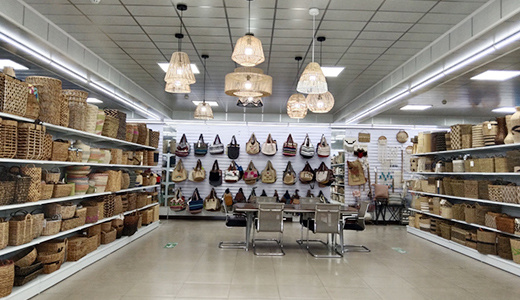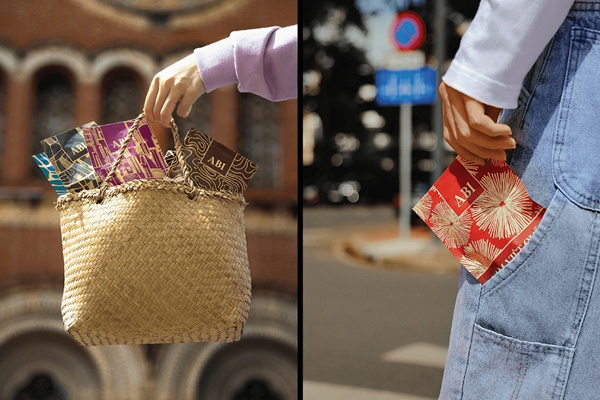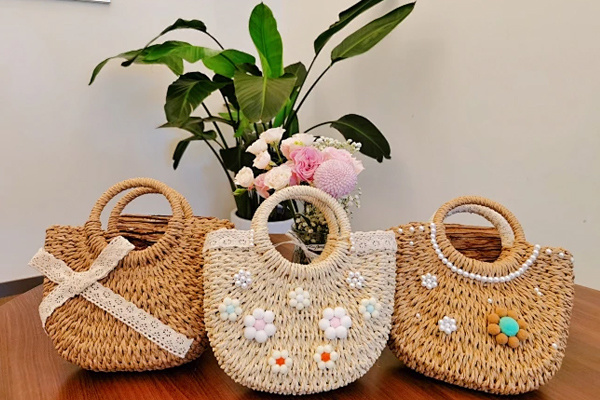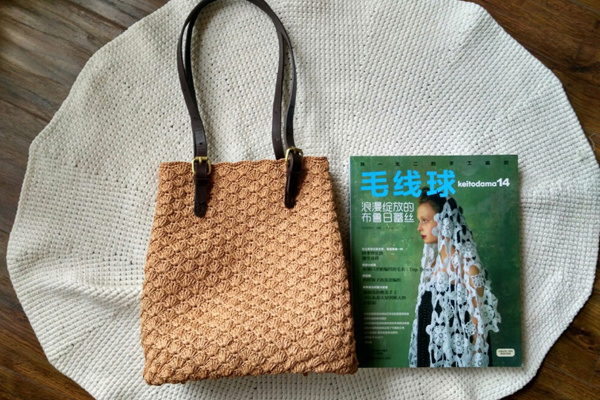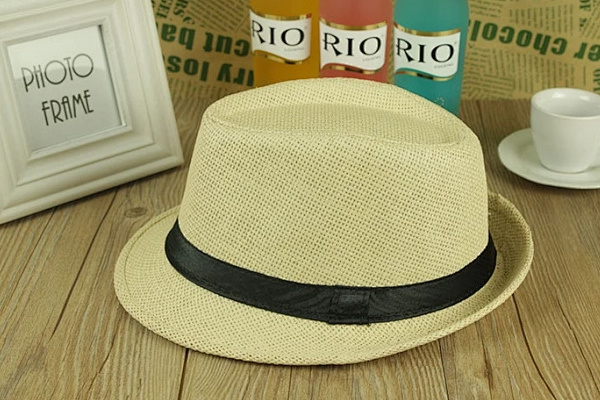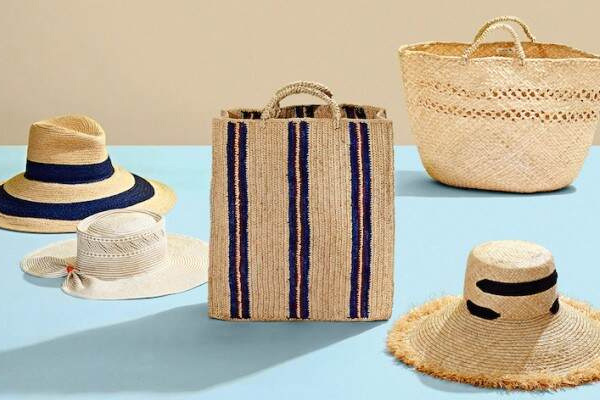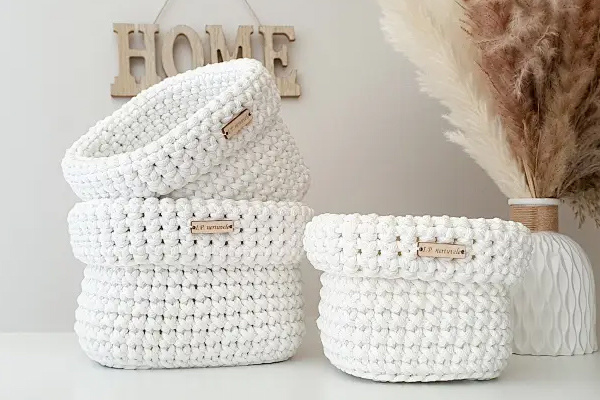
News & Blog
Strawberrying: the regeneration of the craft of strawberrying
Jun 08,2020
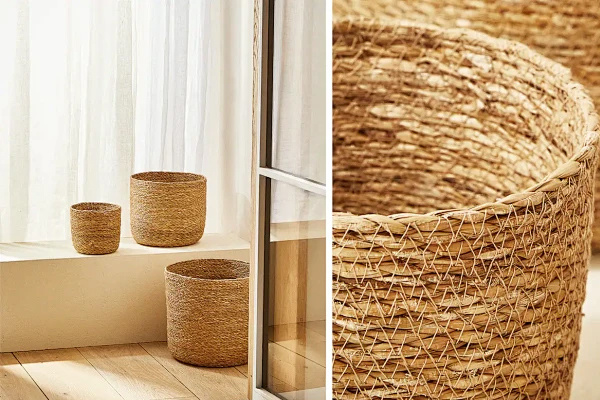
Straw weaving is a popular handicraft. It involves using locally produced grass to weave a variety of daily necessities, such as baskets, fruit boxes, cup covers, basin mats, hats, slippers and pillow pads. Some people dye the grass with various colours in advance and weave various patterns, while others print decorative patterns after weaving. They are both economical and practical as well as beautiful.
China's early relics of grass weaving were made by the Hemudu people, 7,000 years ago. According to the book of rites, Zhou", the Zhou dynasty had a Dongguan (cattail) compiled by the Dongguan mat, then there is a professional "grass workers", "for the reeds of the vessel". During the Spring and Autumn and Warring States periods, hats made of daylily and cattail were already used. During the Qin and Han Dynasties, grass weaving was widely used in folklore, including grass shoes, grass mats, grass fans, grass curtains and futons for monks and believers to meditate. From the Han Dynasty to the Sheng Tang Dynasty, grass weaving was also more developed. In addition to futon clothes and shoes, there were also futon sails.
Well-preserved fragments of reed mats unearthed at the Hemudu site.
Grass-woven clothes of the "Loulan Beauties" of the Tang Dynasty in Xinjiang.
The raw materials of grass in the Yangtze River Basin are mostly wild yellow grass, Su grass, mat grass (Shui Mao Hua), jinshi grass, cattail grass, Longshu grass, Malin grass, quick grass, recommended grass, bamboo shell, if the shell, etc., and also the artificial crop of rice straw as raw materials. Apply to grass grass, grass stems smooth, save less, the texture is fine and flexible, strong tension, strong resistance to folding; first select, finishing, primary processing before preparation. Grass weaving characteristics of the Yangtze River basin, distributed in Sichuan, Hubei, Hunan, Jiangsu, Zhejiang and other places, of which Zhejiang is China's grass weaving production base, exported to foreign countries since the 1940s.
Grass weaving is widely distributed in China, with the main production areas being Shandong, Zhejiang, Guangdong and Henan. Farmers and artists make use of the abundant local resources, such as corn husk, mat grass, thatch and wheat straw. They weave them into hats, baskets, slippers, bags, carpets, mats and other daily necessities, with a variety of colours, good quality and simple, elegant styles, which sell well at home and abroad.
Latest News

